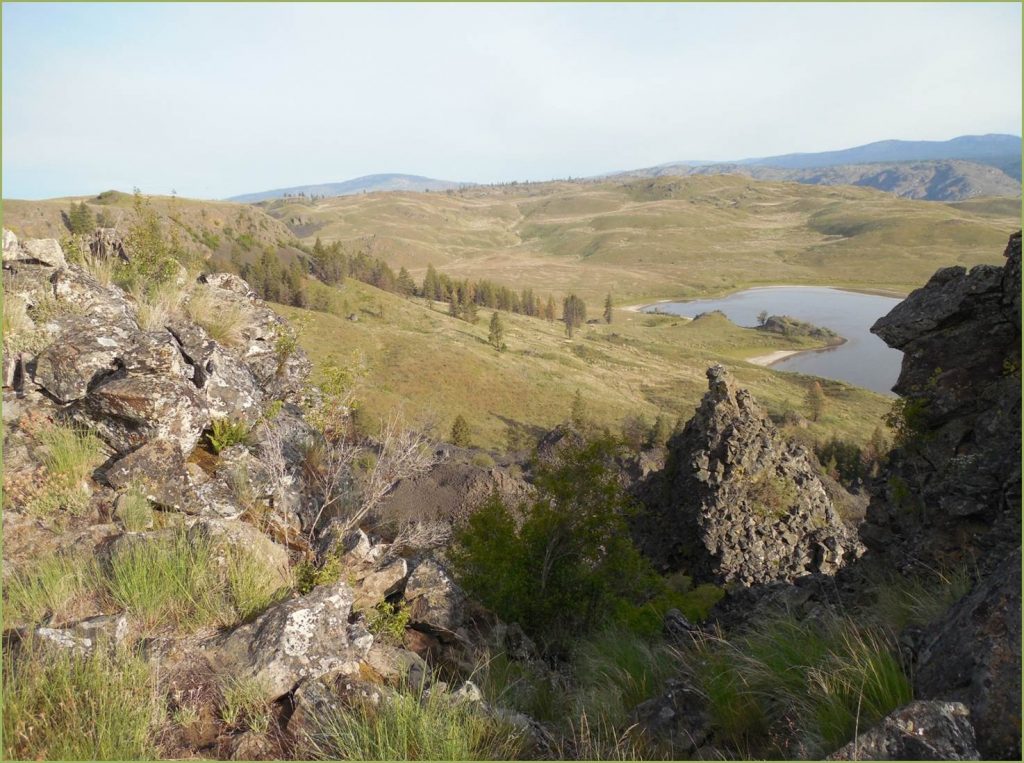
October’s WWRP category is State Lands Restoration and Enhancement. This lesser-known category provides funding to DNR and WDFW to help repair damaged plant and animal habitat. These grants focus on resource preservation and protection of public lands, and help bring important natural areas and resources back to their original functions by improving the self sustaining and ecological functionality of sites.
Featured this month is the Big Bend Shrub-Steppe Restoration project (currently in progress), which will be of special interest to hunters and birders, as it directly relates to the health of Washington’s sharp-tailed grouse population. The Department of Fish and Wildlife will use this $165,695 grant to restore 260 acres of abandoned farmland to a diverse community of native grasses, forbs (herbaceous flowering plants), and shrubs in the Big Bend Wildlife Area (BBWA). The land will benefit Columbian sharp-tailed grouse as well as a host of wildlife species dependent on shrub-steppe.
Located in northeast Douglas County, the Big Bend Wildlife Area serves as a critical connectivity link for existing populations of sharp-tailed grouse in Douglas County, the adjacent Colville Indian Reservation (CIR) in Okanogan County, and Lincoln County.
Currently, much of the land is heavily infested with weeds such as Rush skeletonweed, a Class B noxious weed. Without intervention to stop seed production, the land will be invaded by more and more noxious weeds and other undesirable vegetation. The health of this land is crucial to the health of shrup-steppe and Columbian sharp-tailed grouse.
As they currently exist, these fields have no habitat value and are actually a threat to the health of the surrounding landscape, which provides valuable habitat for wild animals and other plant species. The aim of this project is to restore non-habitual land with quality native plants, making the land habitable.
